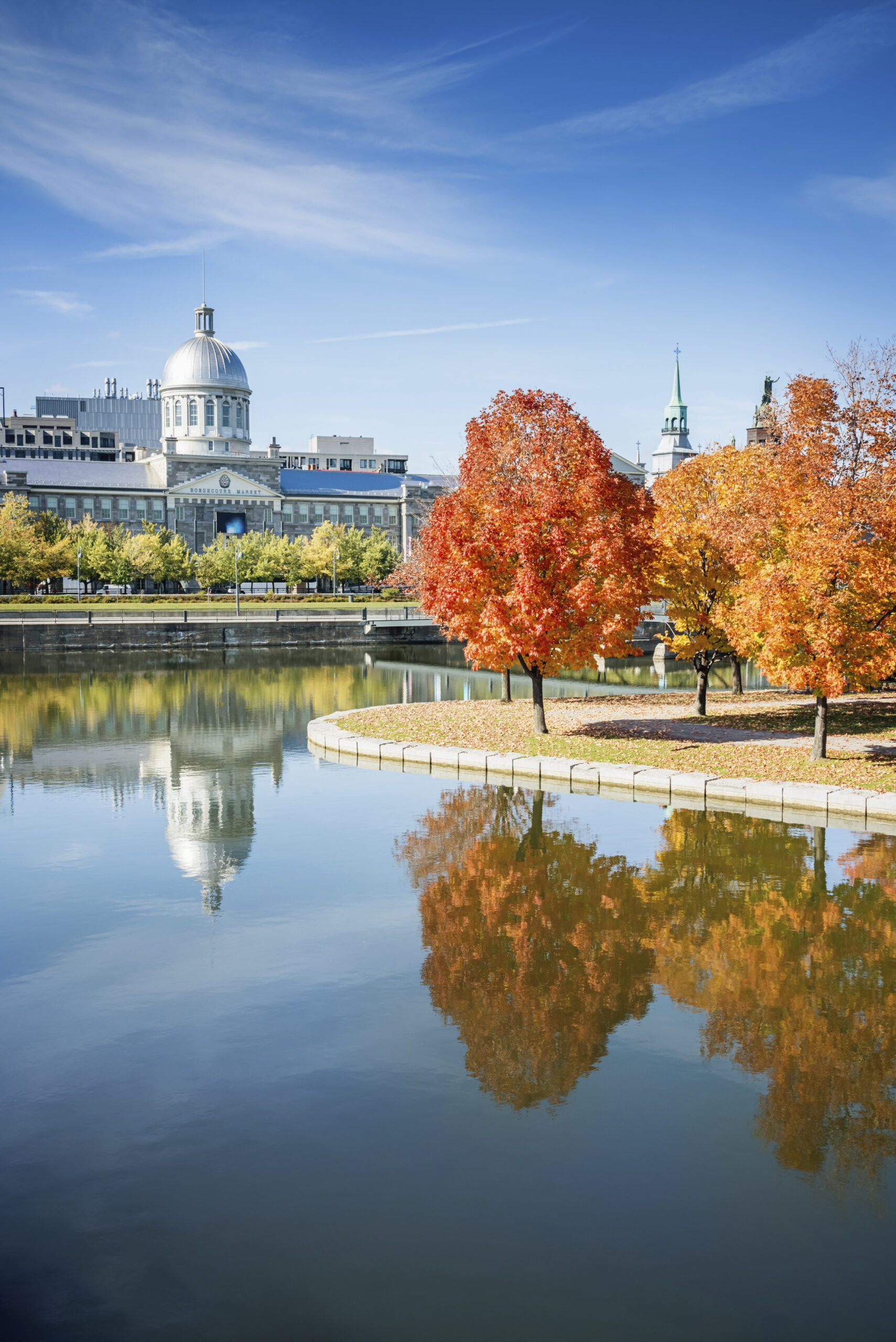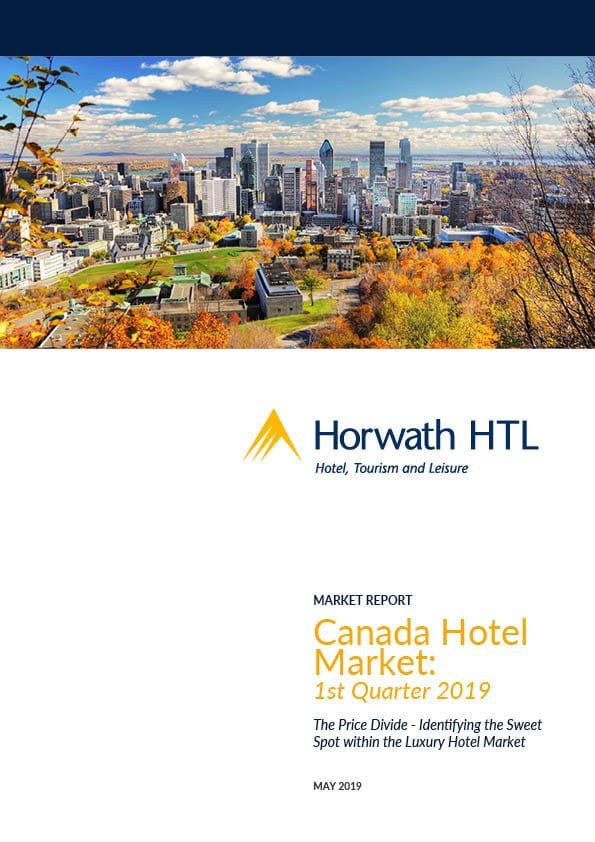
Report
Canada Hotel Market, H1 2019
The Canadian hotel market, particularly within the luxury segment, displays a notable divide between high-end luxury hotels and luxury boutique hotels.
This report identifies key performance indicators and examines the market dynamics of these two segments, focusing on Toronto and Montréal.
High-End Luxury Hotels
Defining Characteristics:
- Uniqueness of Product: High-end luxury hotels are often situated in distinctive locations, featuring luxurious materials and traditional service standards.
- Brand Imagery: The brand image is crucial, often associated with luxury and exclusivity.
- High Price Point: These hotels maintain high price points to ensure exclusivity and support high levels of service and amenities.
Key Trends:
- Loyalty Programs: Programs like “Aman Junkie” and “Fans of Mandarin Oriental” remain relevant.
- Privacy: Guests value discreet service and private accommodations.
- Personalized Services: High-end luxury hotels emphasize catering to individual preferences.
- Exclusive Experiences: Guests seek unique and private experiences.
- Sustainability: There is a growing trend towards luxury that is also environmentally friendly.
Examples: Four Seasons, Ritz-Carlton, Shangri-La, St. Regis, Mandarin Oriental, Waldorf Astoria, Rosewood, Grand Hyatt.
Luxury Boutique Hotels:
Defining Characteristics:
- Location: Typically, in high-density or landmark areas.
- Size: Less than 200 rooms.
- Design: High-impact visual design with unique furnishings.
- Service: Personalized and connected service, often less discreet than high-end luxury.
- Local Essence: Aim to capture the local culture and essence.
- Younger Clientele: Generally, cater to a younger demographic.
Key Trends:
- Technology: Essential for guest experience, including in-room devices and smart technology.
- Modern Marketing: Focus on new marketing techniques, such as influencer marketing.
- Immersive Experiences: Guests seek culturally attuned and locally inspired experiences.
- Service Style: Personalized but not necessarily discreet; more interactive.
Examples: Kimpton Hotels, W Hotels, Andaz, Hotel Indigo, Edition, Thompson, Canopy.
Performance Comparison: Toronto and Montréal
Toronto:
- Occupancy Rates: High-end luxury hotels generally have slightly lower occupancy rates compared to luxury boutique hotels. The differential has varied between 5-10 percentage points.
- ADR (Average Daily Rate): High-end luxury hotels have a significantly higher ADR, with a differential of approximately $175-$192 over boutique hotels.
- RevPAR (Revenue per Available Room): High-end luxury hotels outperform luxury boutique hotels by an average of $151 annually.
Montréal:
- Occupancy Rates: Similar trends to Toronto, with luxury boutique hotels having slightly higher occupancy rates. The differential averaged 2.5 percentage points between 2012-2018.
- ADR: High-end luxury hotels have an ADR differential of approximately $115-$113 over boutique hotels.
- RevPAR: High-end luxury hotels have a differential of $80-$65 in RevPAR compared to boutique hotels.
Canadian Hotel Industry Performance
Key Performance Indicators (2018):
- Occupancy: Close to 66% nationally.
- ADR: $157, a 4.3% increase from 2017.
- RevPAR: $103, a 5.3% increase from 2017.
First Quarter 2019:
- Occupancy Rates: Varied between 38%-63% across provinces, with a national average of 57%.
- ADR: $149, a 1.2% increase from the same period in 2018.
- RevPAR: $84, a 0.7% increase from the same period in 2018.
Provincial Insights:
- Strong Performers: British Columbia, Manitoba, New Brunswick, Prince Edward Island.
- Weak Performers: Newfoundland and Labrador faced significant declines in occupancy and RevPAR.


